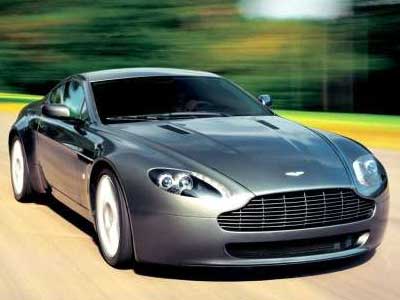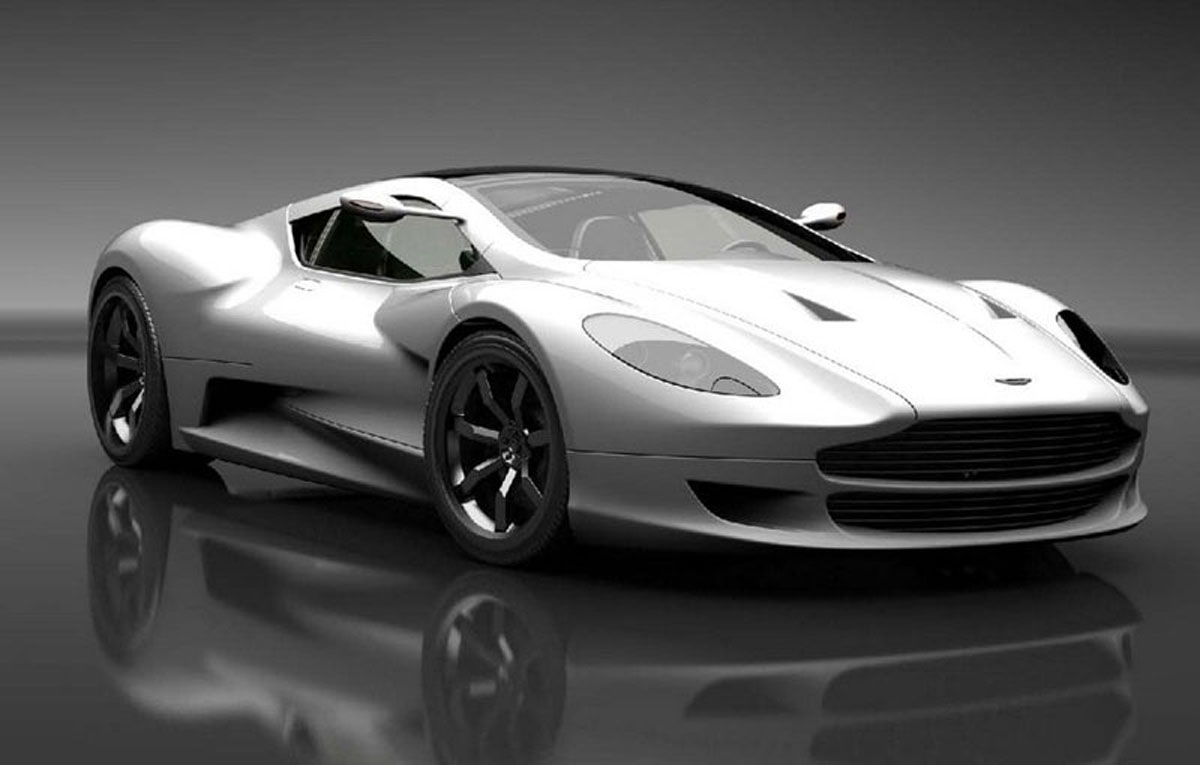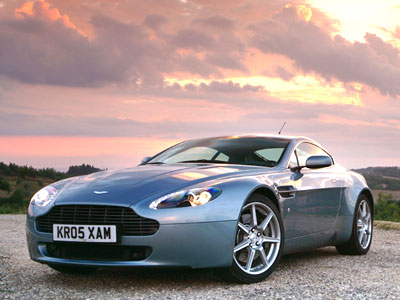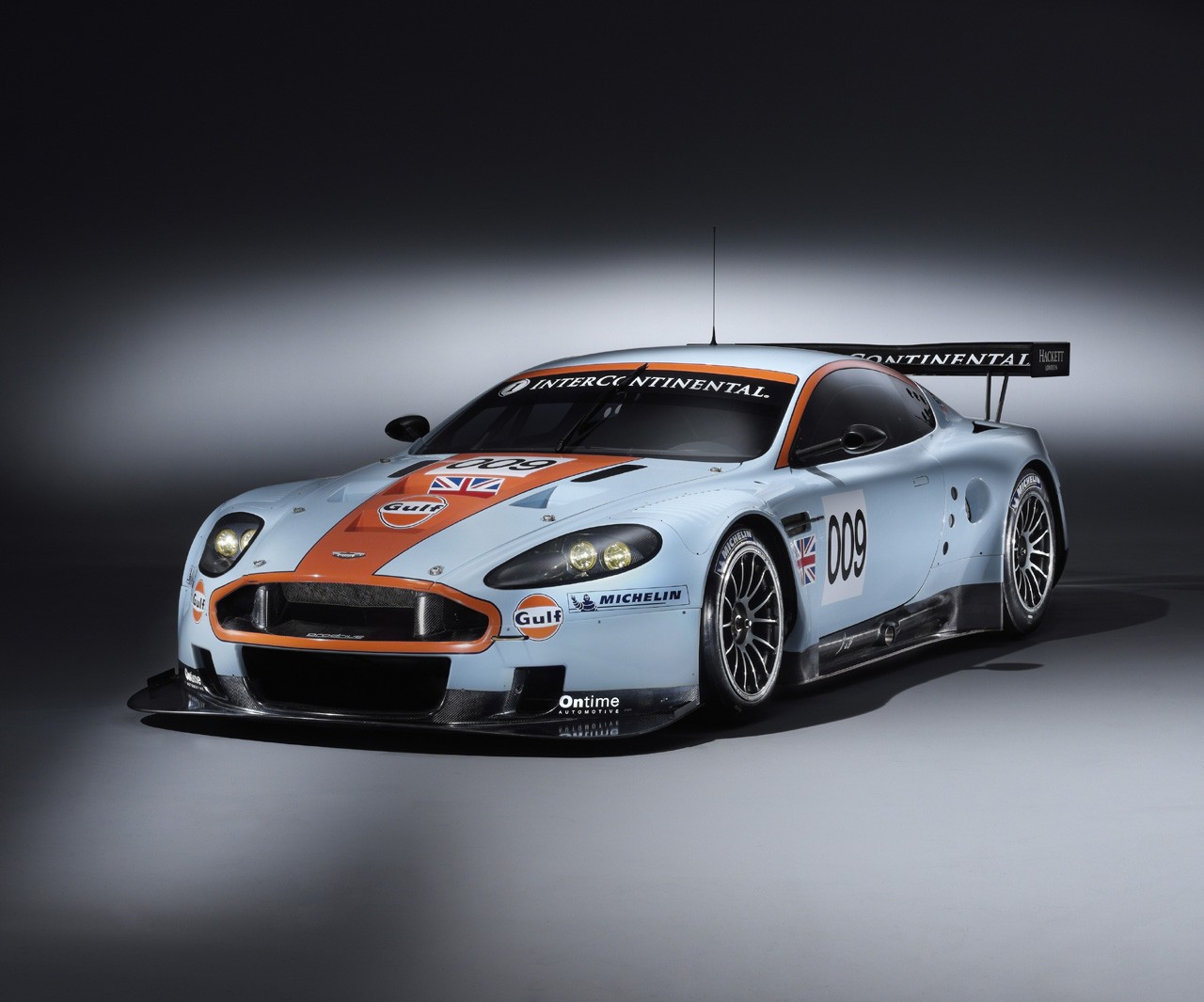A review of The Aston Martin Sports Car, covering development, important features, and technical data of each model in the range, from the DB1 to the Virage.
In this Article, I offer a nostalgic look at the Aston Martin Sports Car, one of an elite group of classic cars, which was manufactured during the period 1948 to 1995.
In 1925, having gone into receivership, the company was reformed as Aston Martin Cars.
In 1947, David Brown Limited not only acquired the Company, but also purchased Lagonda, the luxury car maker.
Hence the birth of the legendary DB sports car.
The Aston Martin DB1
In 1948, the DB1 sports car made its debut at that years London Motor Show.
Previously known as the 2-Litre Sports, it was a two seater, using a tubular chassis, and powered by the companies' own 2 litre engine.
Only 15 were produced since it as felt that this classic car was underpowered.
The Aston Martin DB2 In 1950, the DB2 sports car was launched. It was a two seater, fixed head coupe. Although the DB1 had a 2 litre, 4-cylinder, pushrod engine, the DB2 used a 2.6 litre, 6-cylinder, double overhead cam unit, derived from the Lagonda. A drop head coupe version was added later. An optional DB2 engine used two larger carburettors and a higher compression ratio. Such high performance cars were called Vantage editions. The DB2 was highly successful in racing. The Aston Martin DB2/4 Based on the DB2 it replaced, the Mark 1 version of the DB2/4 was launched in 1953. It was offered as a two seater fixed head coupe, and drop head coupe, plus a 2+2 hatchback. Initially, it used the same Lagonda engine as the DB2, but uprated to 125 bhp. However, later that year, the 2.9 litre version, developing 140 bhp, was used instead. In 1955, the DB2/4 Mark 2 was introduced, which used a large valve, high compression Lagonda engine, developing 165 bhp. In 1957, the Db2/4 Mark 2 was replaced by the DB2/4 Mark 3. Otherwise known as the DB Mark 3, it was available as a two seater fixed headcoupe, a drop head coupe, and a 2+2 hatchback. The standard "DBA" 2.9 litre Lagonda engine, fitted with two SU carburettors, developed 162 bhp. With an optional dual exhaust system, this would increase to 178 bhp. However, an optional "DBB" engine, with three twin choke Webber carburettors, special camshafts, and a high compression head, developed 195 bhp. An alternative mid level "DBD" option, with three SU carburettors, developed 180 bhp. This classic car was described as "a car for connoisseurs".


















0 comments:
Post a Comment